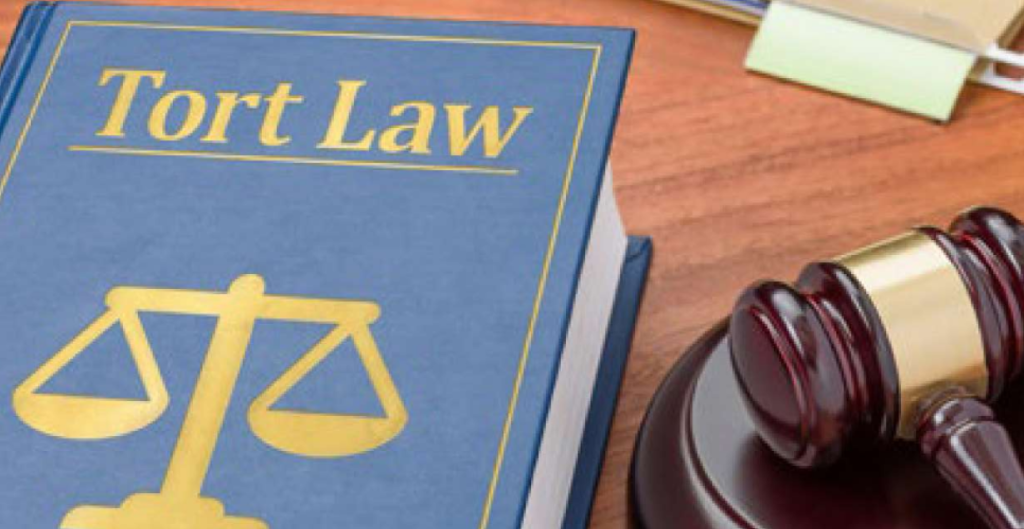This is the seventh article in a series that lights the way to success under Florida Tort Reform’s Section 768.0427. This article focuses on some recent conflicting trial court orders that address the question of which party has the burden to present the evidence to establish the reasonableness of the bill.
The conflicting orders center on the heart of the statute-Subsection (2)(b)-which states:
“Evidence offered to prove the amount necessary to satisfy unpaid charges for incurred medical treatment or services shall include, but is not limited to, evidence as provided in this paragraph.”
Four subsections within Subsection (2)(b) apply to the various scenarios regarding the availability and use of commercial health insurance and Medicare, and to the sale of medical bills. The statute then explains what evidence is admissible for each of those four situations. For example, admissible evidence in a Subsection (2)(b)(1) case is the amount that “health care coverage is obligated to pay.” Remember, there is a fifth subsection that is a catchall for any other evidence tending to establish reasonableness.
Between February 26 and April 16 of 2025, the five orders comprising the minority view concluded that the “shall” in the introductory paragraph of Subsection (2)(b) meant that to establish the damages portion of the prima facie case, the plaintiff had the burden to present the evidence in Subsections (2)(b)(1)-(4) depending on the type of case. Failure would result in a summary judgment or directed verdict. For example, a Subsection (2)(b)(1) plaintiff must present the amount that “health care coverage is obligated to pay.” Given that the statute expressly prohibits discovery and admissibility of health insurance contracts-where the amount the insurer is “obligated to pay” is found this interpretation would render it impossible for a plaintiff to establish the prima facie case.
None of the prior articles in this series anticipated the rise of the minority view. This is because neither the title of the statute nor the plain language of the text remotely suggests that the legislature redefined the elements of the negligence tort or presented new burdens of proof in negligence cases. Such statutes do exist. Section 768.0427 is not one of them. Instead, the statute expressly addresses only discovery and admissibility.
Fortunately, the majority view with nine orders (five of which were entered in May 2025)-came to this same inevitable conclusion. See, e.g., Beyenka v. Pyle, 2023-CA-009204 (4th Cir. Duval County, J. James Daniel) (“The word ‘admissible’ has never been used in the law to establish a burden of proof.”).
The orders establishing the majority view present a plethora of other reasons to reject the minority view. These include: (1) a statute can be interpreted to alter common law only when the statute is clear, but nothing in the statute alters the common law that the prima facie case is satisfied by a plaintiff’s own testimony that the bills are reasonable, (2) if a court interprets the statute as abrogating common law, then the statute would be unconstitutional-as-applied because statutes in derogation of common law must meet certain procedural requirements in the legislature, which this statute did not meet, (3) the minority view is contradicted by the existence of the “catchall” in Subsection (2)(b)(5), (4) to be consistent with the multiple examples of statutory construction cases wherein “shall include but is not limited to,” is used, the statute cannot be construed as a list of required evidence, and (5) The minority view renders the statute absurd because it requires a plaintiff to present unobtainable evidence (what “health care coverage is obligated to pay”) and unknowable evidence (the amount at which future bills “could be satisfied”) in order to avoid a directed verdict.
In short, while we cannot know, we can expect the minority view shortly to be diluted out of existence. We also can expect a district court, if called upon, to reject the minority view.
The Doctor’s Lawyer, Pllc.
Phone: (813)486-7321
Email: aaron@doclawfirm.com
Website: https://www.doclawfirm.com











